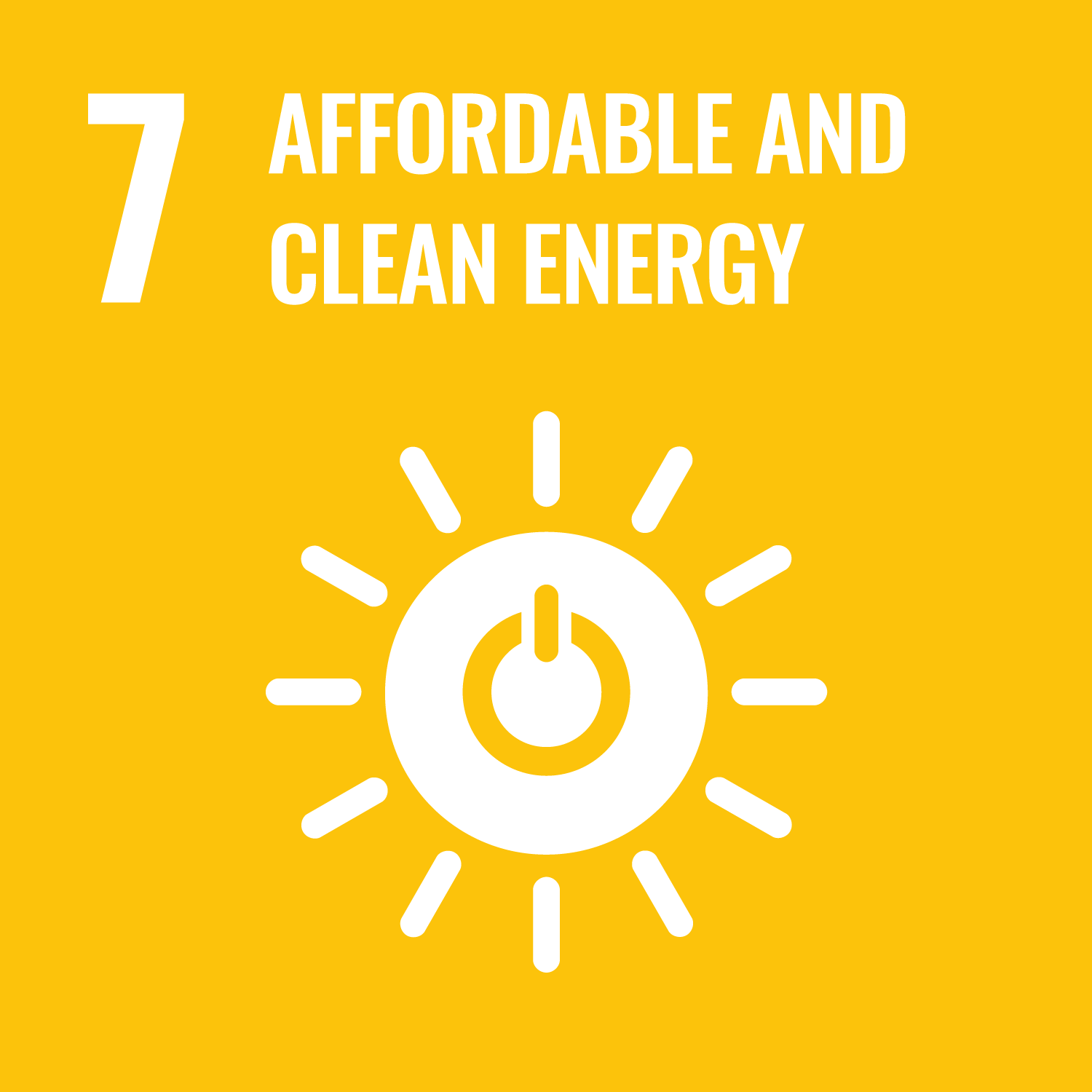ORCID
- Edward Ransley: 0000-0003-1446-7907
- Scott Brown: 0000-0002-6858-3316
- Deborah Greaves: 0000-0003-3906-9630
- Martyn Hann: 0000-0003-3965-9331
Abstract
Abstract Physical modelling of floating offshore wind turbines (FOWTs) is challenging due to the complexities associated with simultaneous application of two different scaling laws, governing the hydrodynamic and aerodynamic loading on the structure. To avoid these issues, this paper presents a real-time hybrid testing strategy in which a feedback-loop, consisting of an on-board fan, and control algorithm, is utilised to emulate the aerodynamic forces acting on the FOWT system. Here, we apply this strategy to a 70th-scale IEA Wind 15MW reference wind turbine mounted on a version of the VolturnUS-S platform. Unlike other similar methods, which directly simulate the aerodynamic loads for the fan’s control using an aerodynamic code running in parallel with the experiment, this example utilises a surrogate model trained on numerical model data calculated in advance. This strategy enables high fidelity numerical model data, or even physical data, to be included in the aerodynamic emulation, by removing the requirement for real-time simulation, and, therefore, potentially enables more accurate loading predictions to be used in the experiments. This paper documents the development of the real-time hybrid testing system in the Coastal Ocean And Sediment Transport (COAST) Laboratory at the University of Plymouth in the U.K., including the hardware, software and instrumentation set-up, and demonstrates the power of the surrogate-based aerodynamic emulator based on numerical data calculated using OpenFAST.
DOI Link
Publication Date
2022-12-07
Event
ASME 2022 4th International Offshore Wind Technical Conference
Publication Title
ASME 2022 4th International Offshore Wind Technical Conference
Deposit Date
2023-02-13
Recommended Citation
Ransley, E., Brown, S., Edwards, E., Tosdevin, T., Monk, K., Reynolds, A., Greaves, D., & Hann, M. (2022) 'Real-Time Hybrid Testing of a Floating Offshore Wind Turbine Using a Surrogate-Based Aerodynamic Emulator', ASME 2022 4th International Offshore Wind Technical Conference, . Available at: 10.1115/iowtc2022-98642


